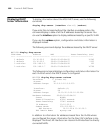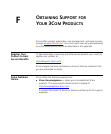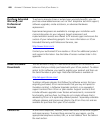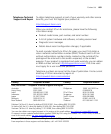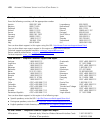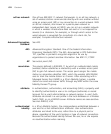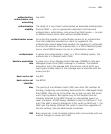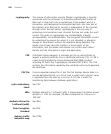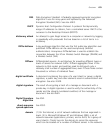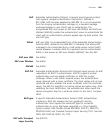674 GLOSSARY
ad hoc network One of two IEEE 802.11 network frameworks. In an ad hoc network, a
set of wireless stations communicate directly with one another without
using an access point (AP) or any connection to a wired network. With
an ad hoc network, also known as a peer-to-peer network or
independent basic service set (IBSS), you can set up a wireless network
in which a wireless infrastructure does not exist or is not required for
services (in a classroom, for example), or through which access to the
wired network is prevented (for consultants at a client site, for
example). Compare infrastructure network.
Advanced Encryption
Standard
See AES.
AES Advanced Encryption Standard. One of the Federal Information
Processing Standards (FIPS). The AES, documented in FIPS Publication
197, specifies a symmetric encryption algorithm for use by
organizations to protect sensitive information. See 802.11i; CCMP.
AP See access point (AP).
association The process defined in IEEE 802.11 by which an authenticated mobile
(wireless) station establishes a relationship with a wireless access point
(AP) to gain full network access. The access point assigns the mobile
station an association identifier (AID), which the wireless LAN (WLAN)
uses to track the mobile station as it roams. After associating with a
Managed Access Point (MAP) in a 3Com Mobility System, a mobile
station can send and receive traffic through any MAP within the same
Mobility Domain™ group.
attribute In authentication, authorization, and accounting (AAA), a property used
to identify (authenticate) a user or to configure (authorize) or record
(account for) a user’s administrative or network session. A user’s AAA
attributes are stored in a user profile in the local database on a Wireless
Switch (WX), or on a RADIUS server. Attribute names are case-sensitive.
See also RADIUS; VSA.
authenticated
identity
In a 3Com Mobility System, the correspondence established between a
user and his or her authentication attributes. User authentication
attributes are linked to the user, rather than to a physical port or
device, regardless of the user’s location or type of network connection.
Because the authenticated identity follows the user, he or she requires
no reauthentication when roaming.



